Research Infrastructures
As a university in the Helmholtz Association, KIT combines university tasks with large-scale national research. By operating and providing research infrastructures at the highest level for internal and external users from science and industry, KIT contributes to the international competitiveness and attractiveness of Germany as a place for knowledge and research.
Cutting-edge infrastructure is crucial to our research success and attracts young talents and excellent scientists from all over the world.
Strategically Relevant Research Infrastructures
Overview of the largest and most important research infrastructures with high strategic relevance at KIT.
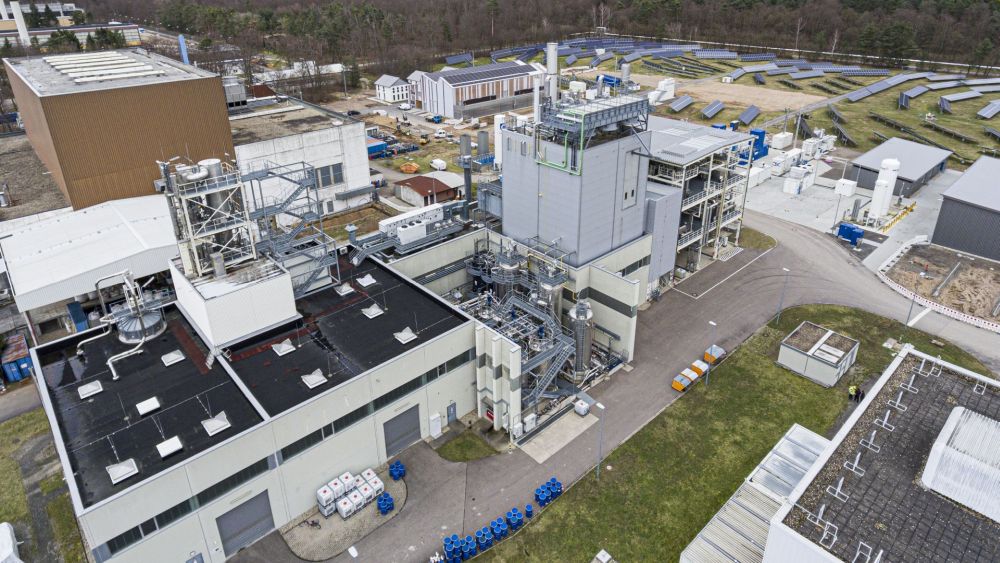
Energy Lab
Europe's largest research infrastructure for renewable energies realistically simulates the flexible interaction of different energy carriers. For this purpose, electrical, thermal and chemical energy flows as well as new information and communication technologies are linked in a plant network.
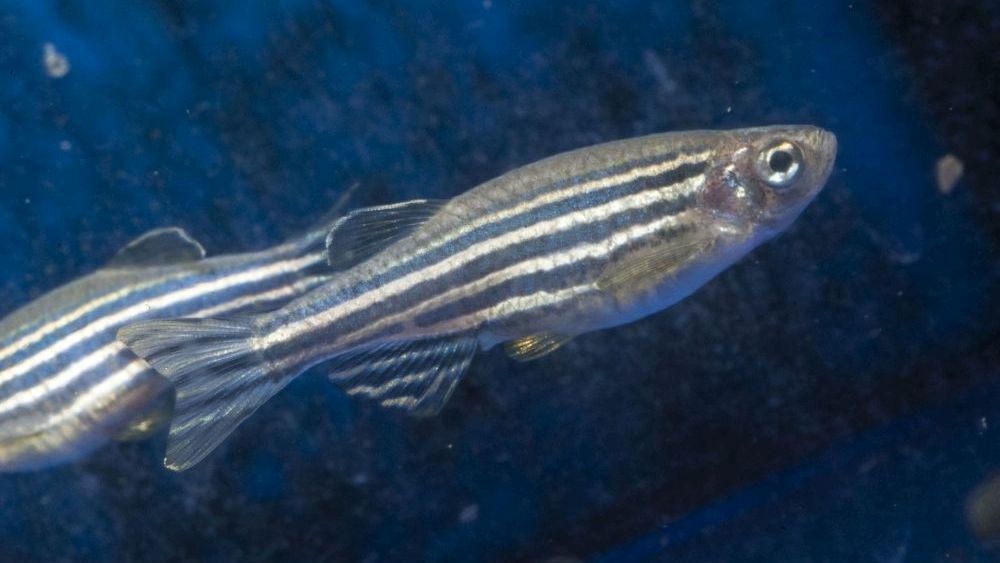
European Zebrafish Resource Center
Zebrafish share most organ systems with humans. This makes them ideal model organisms to study the causes of human diseases like cancer or heart diseases. Research activities in this area need a variety of zebrafish lines. With the European Zebrafish Resource Center, the KIT provides a central repository for such lines in Europe.
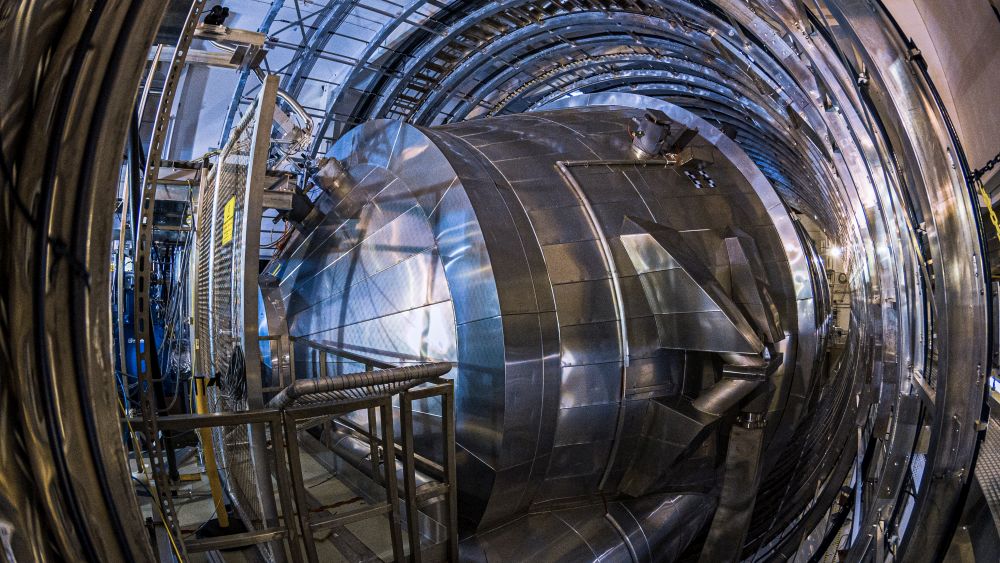
KATRIN
The KArlsruhe TRItium Neutrino (KATRIN) experiment is a large-scale international project in the field of fundamental physics research. It is aimed at solving one of the most significant puzzles in science: the question of the mass of neutrinos.
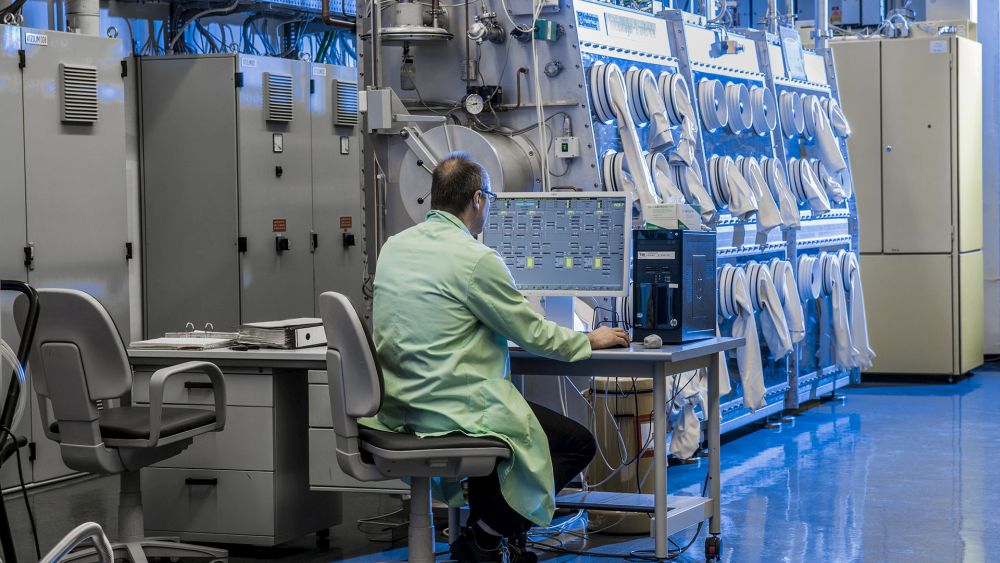
Karlsruhe Tritium Laboratory
The tritium required for KATRIN is provided by the Karlsruhe Tritium Laboratory (TLK). TLK is designed for the safe handling of the radioactive hydrogen isotope tritium. Another important task of the TLK is research into a closed fuel cycle for tritium in future fusion power plants.
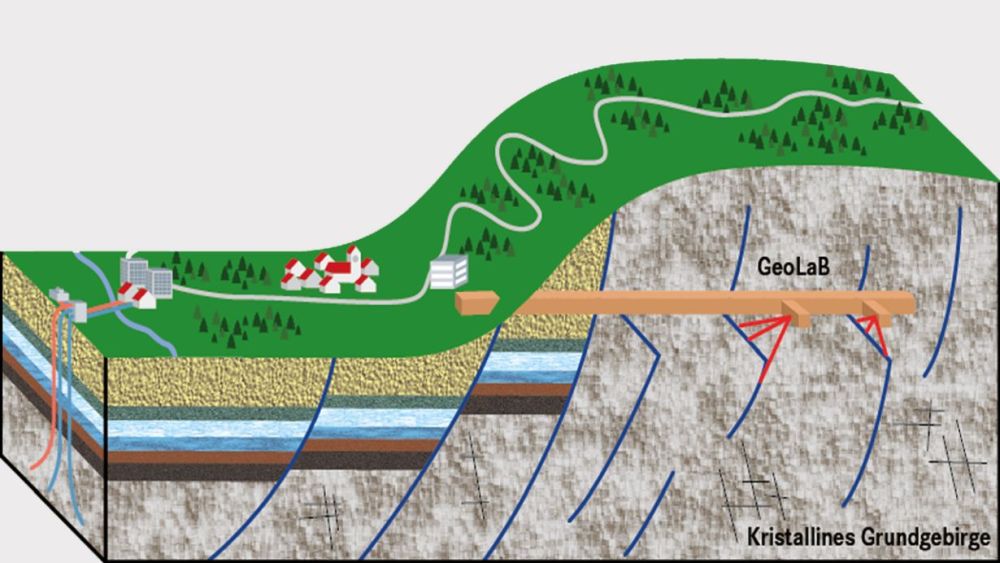
GeoLaB
GeoLaB is a research project for the future use of geothermal energy for a secure energy supply. For this purpose an underground laboratory will be constructed to study the sustainable development and use of this heat source.
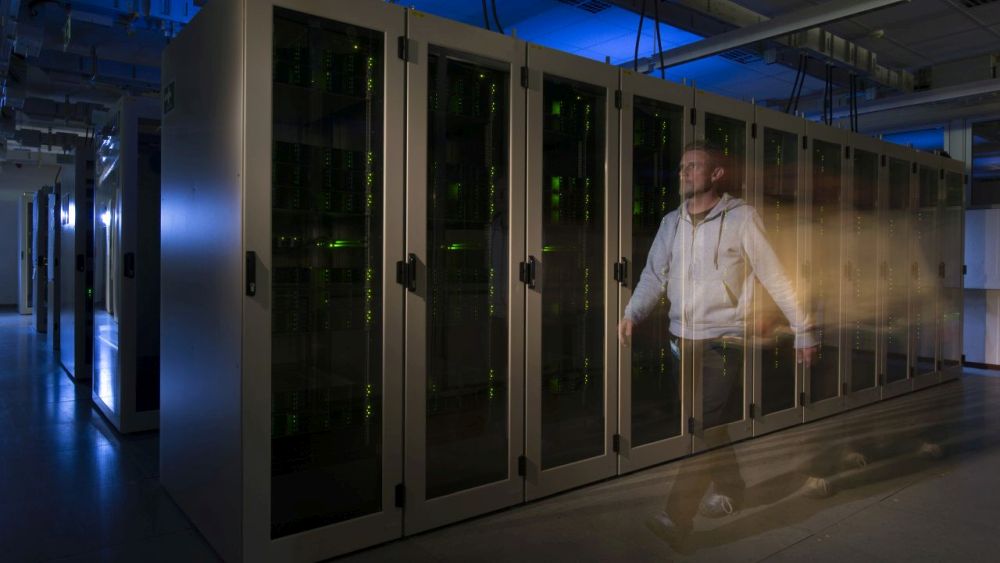
Grid Computing Centre Karlsruhe (GridKa)
The experiments at the world's largest particle accelerator, the Large Hadron Collider (LHC) at the European Research Center CERN, require enormous computing capacities, which are provided by a worldwide network of computing centers, the LHC Computing Grid. As one of its Tier-1 centers, GridKa is responsible for processing, analyzing and archiving the raw data from the LHC experiments.
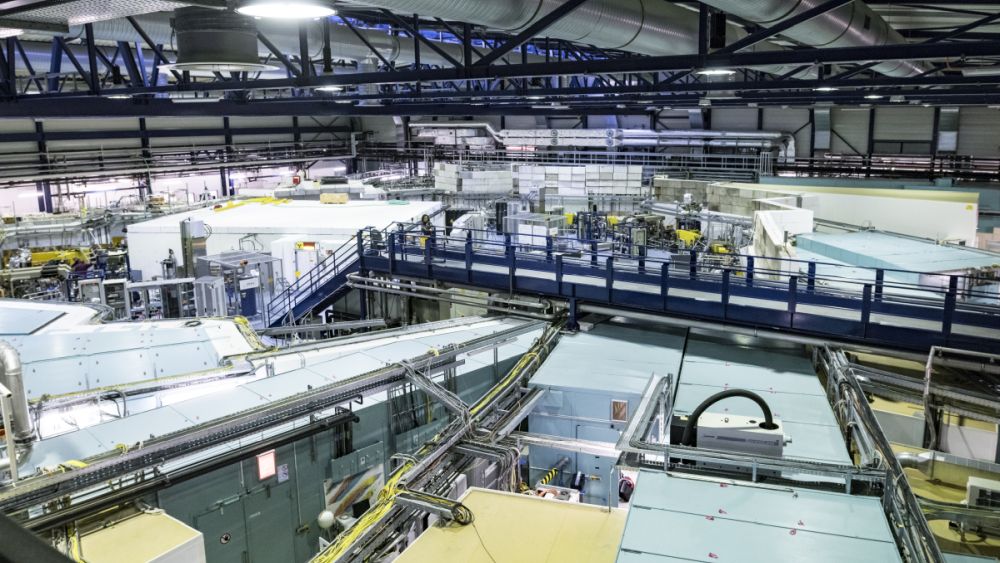
Karlsruhe Research Accelerator (KARA)
The accelerator test facility KARA is part of the Accelerator Technology Platform. Activities focus on the research and development of future high-performance, compact and resource-efficient accelerators. KARA also includes the X-ray radiation and laboratory infrastructure of the KIT light source, which can be used to study matter, biological structures and materials.
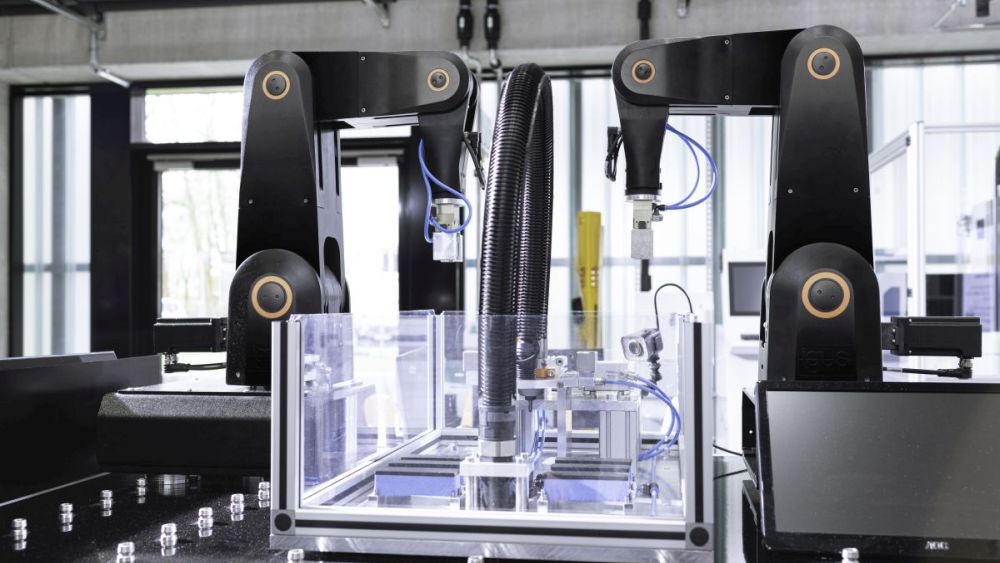
Karlsruhe Research Factory
At the Karlsruhe Research Factory for AI-Integrated Production, KIT and Fraunhofer-Gesellschaft pursue the goal of rapidly industrializing manufacturing processes – from fundamental research and practical optimization and industrialization to transfer to commercial use. The research work focuses on the digitalization of production and the possibilities of artificial intelligence.
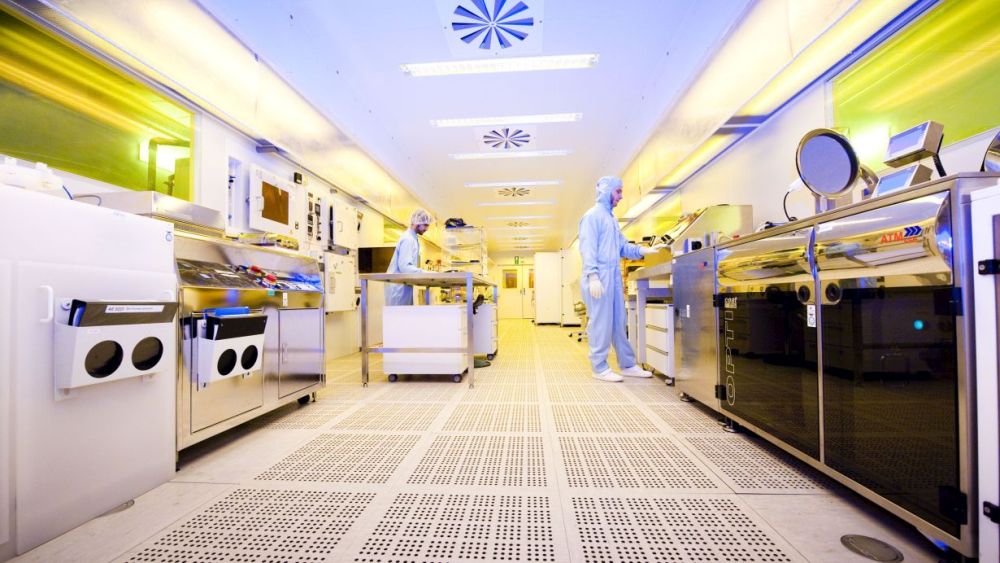
Karlsruher High Tech Hub (KarlTech)
KarlTech is currently being established and will in future integrate state-of-the-art material analysis and micro- and nanostructuring methods of the Karlsruhe Nano Micro Facility with the Karlsruhe Center for Optics and Photonics, a new 2,000 m² cleanroom center, and the production of high-resolution superconducting sensors.
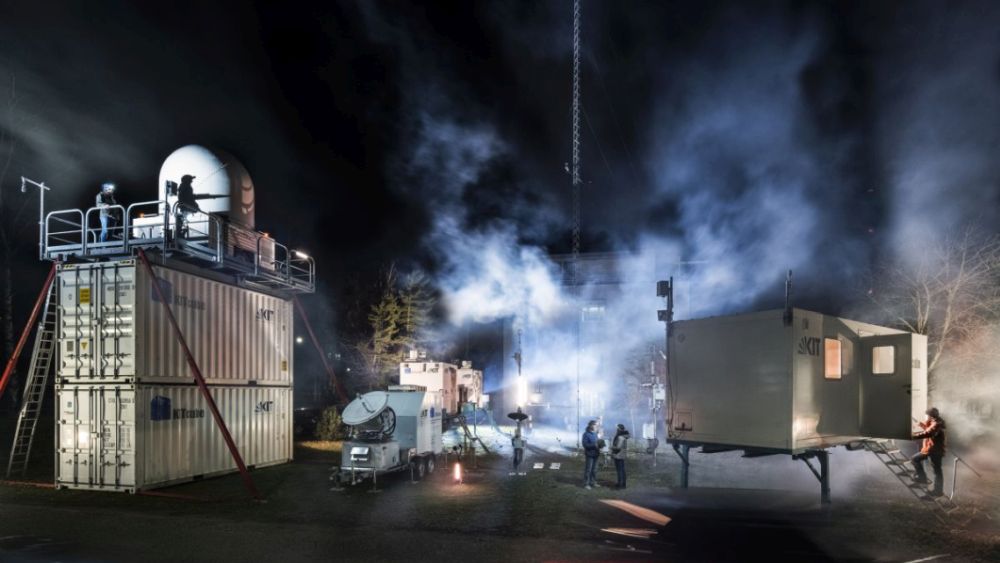
Karlsruhe Integrated Atmospheric Observation System (KIAOS)
The modular observation facility KIAOS is currently being developed and will comprise laboratory equipment as well as mobile in-situ and remote sensing components. It is characterized by an unprecedented spatial, temporal and process resolution. KIAOS will allow to observe fundamental processes in the atmosphere that are associated, for example, with the development of extreme weather conditions.
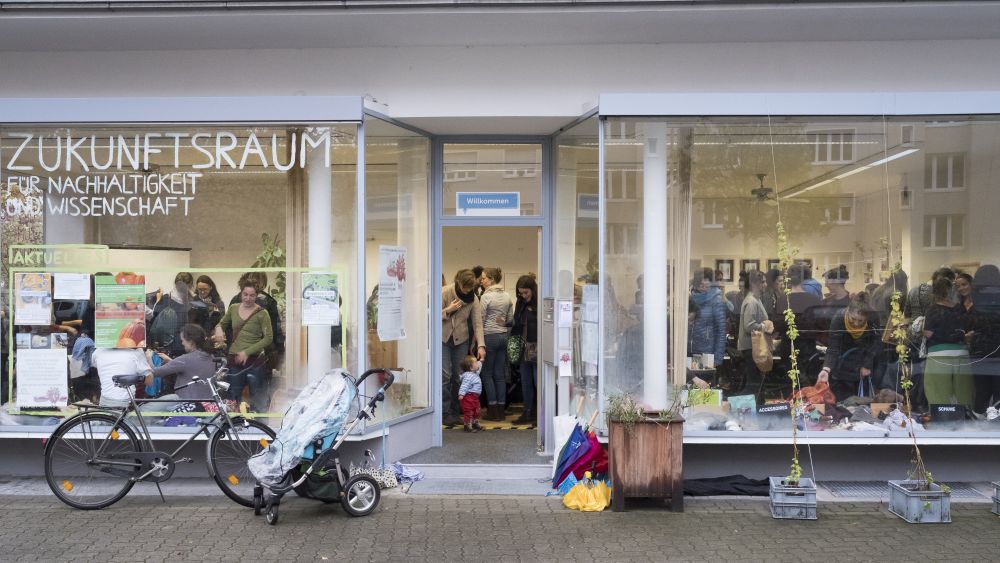
Real-world Labs
With its real-world labs, KIT involves people directly in research and development. Together, they test new technologies for the major challenges of transformation, such as autonomous driving, robotics, climate protection or energy transition.
